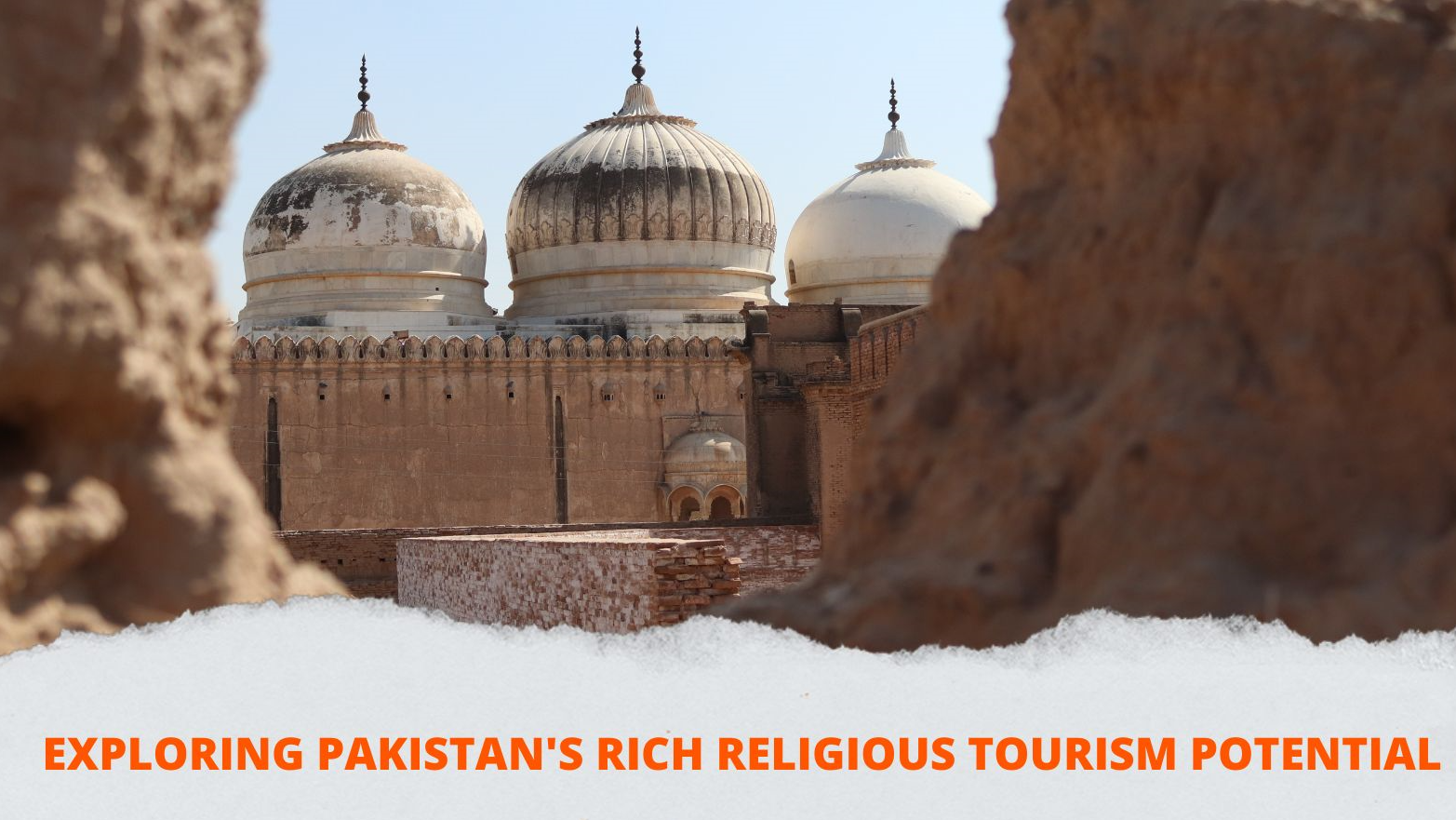For the first time, the Government of Pakistan (GoP) has embarked on a promising journey to boost and revive religious tourism, recognizing its vast untapped potential. With a thorough plan in place, the government aims to restore and highlight various religious sites cherished by different faiths. These tourism policies are not just about economic growth but also emphasize preserving Pakistan’s culturally rich heritage.
Pakistan is a mosaic of ethnic groups, religious rituals, and vibrant festivals. This diversity stems from settlers who brought their unique traditions, built places of worship, and integrated their practices with local customs. As a result, festivals like Holi, Diwali, Christmas, and Easter have become an essential part of the Pakistani cultural landscape. This blend has not only enriched the country’s heritage but has created a strong foundation for promoting religious tourism.
Latest updates
I am an experienced content writer with a passion for crafting engaging and impactful content across various platforms. Skilled in audience research, storytelling, and SEO optimization. I am proficient in creating clear, concise, and compelling copy that resonates with readers. Strong ability to adapt tone and style to suit diverse audiences and brand voices. Dedicated to delivering high- quality content that drives results and enhances brand visibility.


Comments are closed, but trackbacks and pingbacks are open.